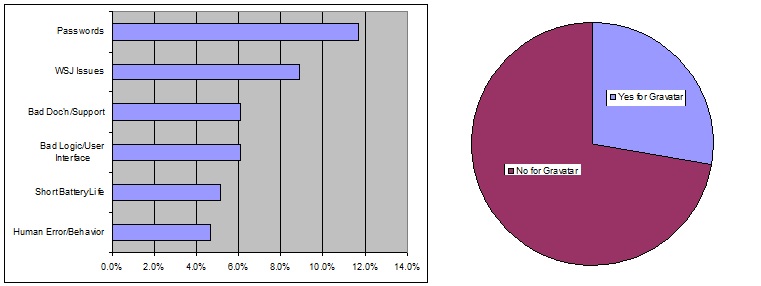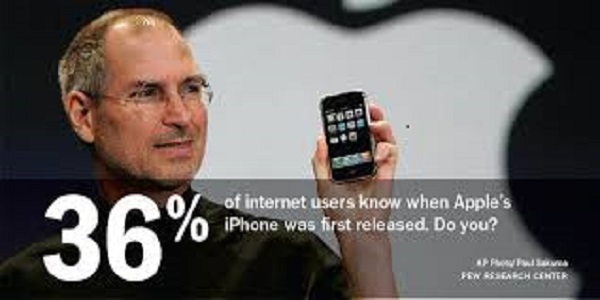
The count must be in the billions. Our sister websites, Wilddancer.com and WhyMenDieYoung.com had been getting a few sales pitches from people who were able to breach our FormToEmail Comments security or leave comments on our WordPress blogs. But, thanks to professional advice and implementation, we were pretty immune to the automatic web crawlers, so scammers had to make considerable effort to get through. When we added our Blooper Jar, a kind of “incoming blog”, though, we started getting frequent posts from from an apparently clueless company called SwingSEO Solutions, starting with the following from Brigitte: “Hi, my name is Brigitte and I am the marketing manager at SwingSEO Solutions. I was just looking at your Worst User Interface | Blooper Jar site and see that your site has the potential to get a lot of visitors. I just want to tell you, In case you didn’t already know… There is a website network which already has more than 16 million users, and the majority of the users are looking for niches like yours. By getting your site on this service you have a chance to get your site more visitors than you can imagine. It is free to sign up and you can read more about it here: http://anders.ga/w-6×2 – Now, let me ask you… Do you need your website to be successful to maintain your business? Do you need targeted traffic who are interested in the services and products you offer? Are looking for exposure, to increase sales, and to quickly develop awareness for your site? If your answer is YES, you can achieve these things only if you get your website on the network I am talking about. This traffic network advertises you to thousands, while also giving you a chance to test the service before paying anything at all. All the popular sites are using this service to boost their readership and ad revenue! Why aren’t you? And what is better than traffic? It’s recurring traffic! That’s how running a successful site works… Here’s to your success! Read more here: http://stg2bio.co/10fz – or to unsubscribe please go here: http://todochiapas.mx/C/36p” There were small variations in the sender’s name, title, organization name, etc., but the pattern was mostly identical. Likely these were being done by a “Mechanical Turk” being paid a very small amount for each.
Likely the number of misleading missives sent by one Mechanical Turk is small in comparison to the number of companies claiming to conduct Search Engine Optimization (SEO) intended to skyrocket your site’s ranking to the very top of web searches. There must be a few legitimate experts, but they must find it tough sledding against all the illegitimate ones. Our advice: if you truly want to use one of them, do your homework first.








